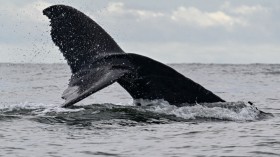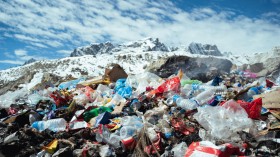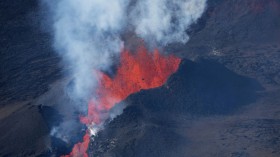A new study by the National Oceanic and Atmospheric Administration (NOAA) found that sediment in Guánica Bay, Puerto Rico contained "among the highest concentrations of PCBs, chlordane, chromium and nickel ever measured in the history of NOAA's National Status & Trends, a nationwide contaminant monitoring program that began in 1986," according to a release announcing the findings.
Researchers from the National Ocean Service's National Centers for Coastal Ocean Science studied the reef's ecology to establish baseline conditions against which coastal managers can measure pollution changes stemming from reef management strategies. "Among the items studied were habitat types, coral cover, fish and pollution stressors such as nutrients, sedimentation, toxic contaminants in Guánica Bay."
"These concentrations of pollutants represent serious toxic threats to corals, fish and benthic fauna -- bottom dwelling animal life and plants," said David Whitall, principal investigator and NOAA ecologist. "We also observed lower indicators of biological health, such as how much of the coral covers the sea floor offshore from Guánica Bay when compared to an adjacent study area, La Parguera. Further research is needed to determine if this is the result of the toxins or some other cause. At this point, we cannot definitively link it to pollution."
These new data demonstrate the importance of long-term monitoring service programs like National Status & Trends, which allow new measurements to be placed in an historic and national context.
The US Coral Reef Task Force had designated Guánica Bay as a priority watershed.
According to their statement, the NOAA's mission is to "understand and predict changes in the Earth's environment, from the depths of the ocean to the surface of the sun, and to conserve and manage our coastal and marine resources."
© 2024 NatureWorldNews.com All rights reserved. Do not reproduce without permission.





